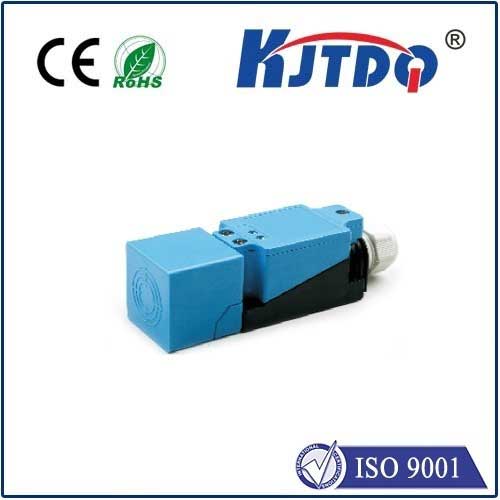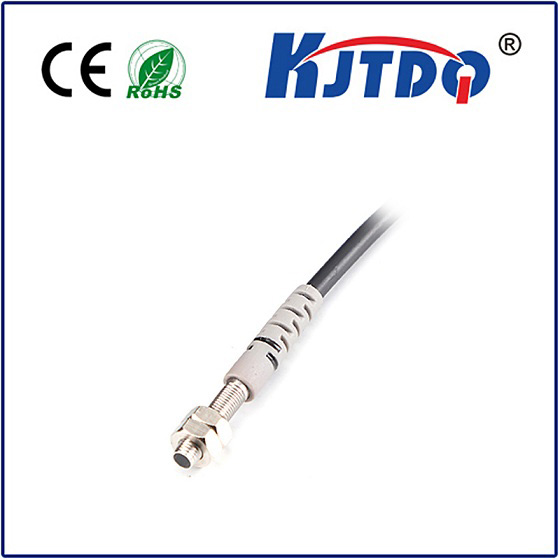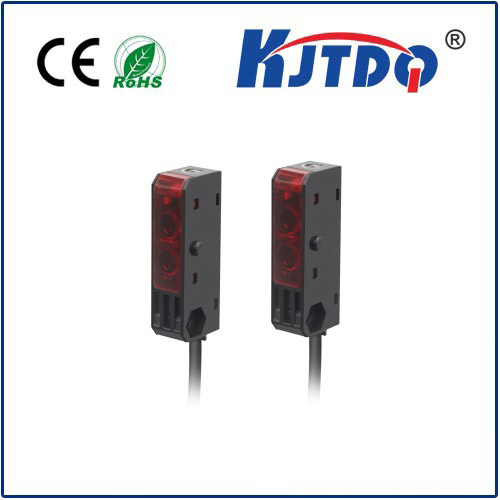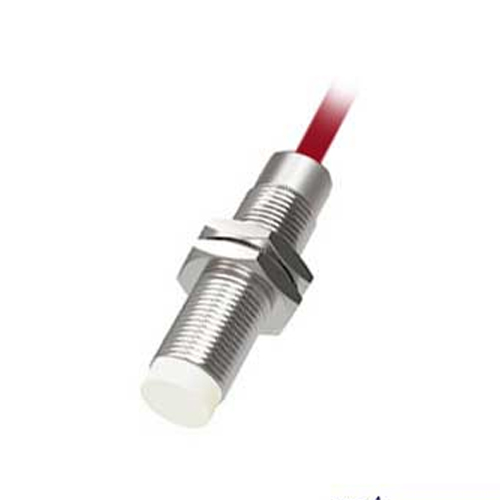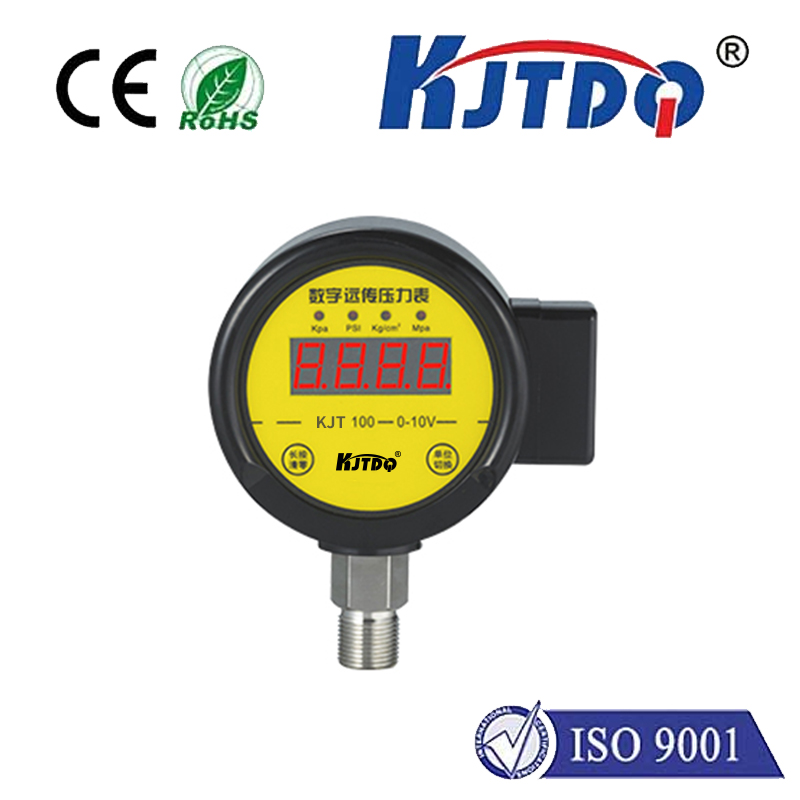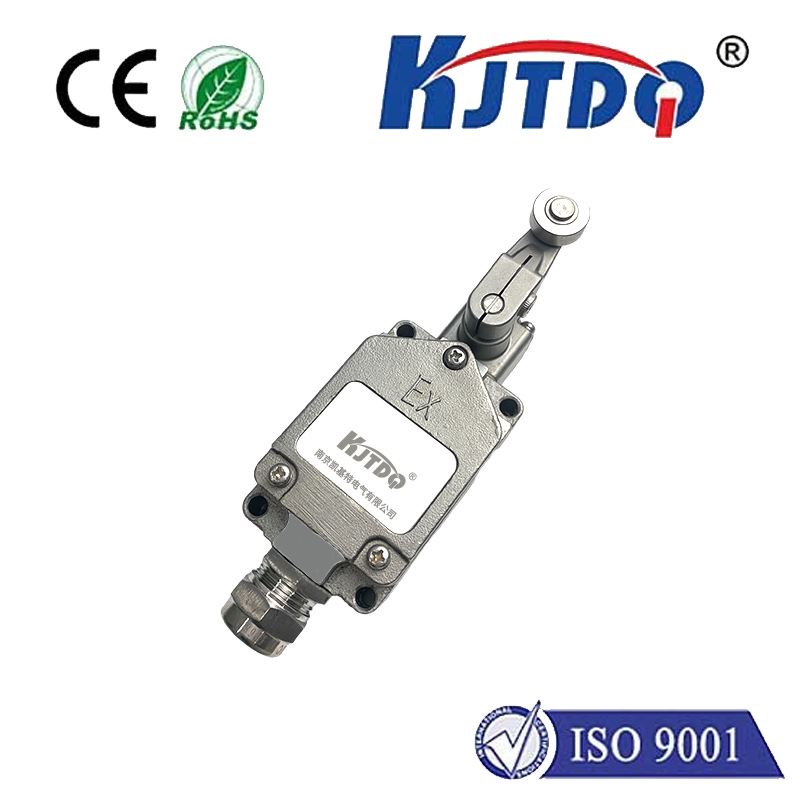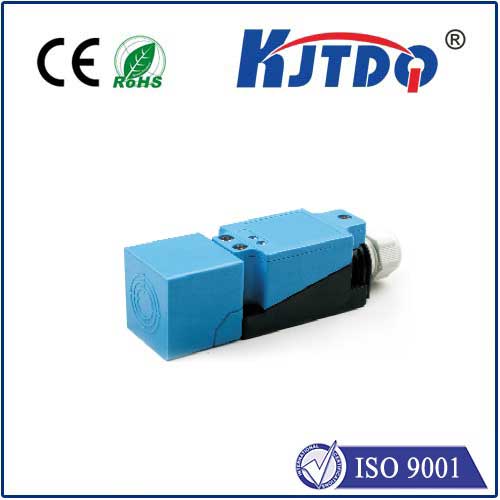proximity sensor normally closed
- time:2025-09-08 10:57:12
- Click:0
Proximity Sensor Normally Closed: The Unsung Hero of Fail-Safe Operations
Imagine a critical machine guard suddenly failing silently. The sensor meant to detect its opening doesn’t trigger an alarm because a broken wire goes unnoticed. Production halts unexpectedly, or worse, a safety hazard emerges. This nightmare scenario is precisely what Normally Closed (NC) proximity sensors are designed to prevent. While their “Normally Open” (NO) counterparts often get the spotlight, NC configurations are the bedrock of fail-safe operation in countless industrial and safety applications. Understanding their unique operating principle and advantages is crucial for designing robust, reliable systems.
Decoding “Normally Closed”
At its core, the term “Normally Closed” defines the electrical state of the proximity sensor’s output circuit when no target object is present within its sensing range. Think of it like a standard light switch in the “ON” position:
- Resting State (No Target): The sensor’s internal switching element (like a transistor or relay contacts) is closed. This allows electrical current to flow freely through the output circuit. Essentially, the switch is “ON” when nothing is nearby.
- Active State (Target Detected): When a valid target enters the sensor’s sensing field, the internal switch opens, interrupting the current flow in the output circuit. Detection is signaled by the circuit breaking.
This is fundamentally the opposite of a Normally Open (NO) proximity sensor, where the output circuit is open (no current flow) with no target present and closes (allowing current flow) when a target is detected.

Key Terminology Clarification: The “Normally” refers purely to the state when the sensor is powered ON but NOT actively sensing a target. It has nothing to do with whether the sensor itself is physically de-energized or off.
The Power of Fail-Safe Design: Why Choose Normally Closed?
The primary raison d’être for NC proximity sensors lies in their inherent fail-safe characteristics. This design philosophy prioritizes safety and predictability in the event of a system failure. Here’s why NC excels:
- Fault Detection on Wire Break/Disconnect: This is the most critical advantage. If the wire connecting an NC sensor to the control system (like a PLC input module) breaks or becomes disconnected, the circuit is opened – mimicking the state when a target is detected. The controller immediately interprets this as an active signal, triggering the programmed safety response (e.g., machine shutdown, alarm). A broken wire cannot go unnoticed. Conversely, a broken wire on an NO sensor leaves the circuit perpetually “open,” falsely indicating no target and potentially masking a dangerous situation.
- Fault Detection on Power Loss: If power to the entire sensor is lost (assuming the sensor’s output relies on that power, like a 3-wire DC sensor), an NC output typically defaults to an “open” state (no current flow). Again, this signals the “detected” condition to the controller, prompting a safe shutdown. An NO sensor loses its ability to signal detection upon power loss, potentially leaving machinery running unsafely.
- Safety-Critical Applications: This inherent fault detection makes NC sensors the preferred choice for:
- Machine Guarding: Ensuring a safety gate or door is firmly closed before machinery can operate. A broken wire must stop the machine.
- Emergency Stop (E-Stop) Monitoring Circuits: Verifying the integrity of the E-Stop loop.
- Position Monitoring for Safety: Confirming a robot is in its “home” or safe position before allowing access or cycle start.
- Process Safety: Monitoring valves in a critical “closed” position.
Beyond Safety: Practical Advantages in Control Logic
Even beyond strict safety applications, the NC configuration offers logical advantages:
- “Seal-In” Logic Simplification: In classic relay logic or ladder logic PLC programming, an NC sensor input can sometimes simplify circuits designed to detect the absence of a part or condition. Using an NC sensor might remove the need for extra logic inversion contacts, leading to cleaner and potentially more efficient code.
- Default “Active” State: In systems where the absence of an object is the normal, desired operating condition that should allow a process to run, an NC sensor naturally provides an “active” (circuit closed) signal during normal operation. Detection of the object (opening the circuit) signals the event that requires action (e.g., stopping a conveyor at a filling station when a bottle is present).
Key Applications Showcasing NC Sensors
Understanding the why leads naturally to the where. Proximity sensor normally closed configurations shine in scenarios demanding reliability and fault detection:
- Safety Interlocks: On access doors, guards, light curtains, and perimeter fences. A tampered, cut, or disconnected wire immediately activates the safety shutdown.
- End-of-Travel Limits: Confirming a machine axis (like a press ram or sliding gate) has fully retracted to a safe “home” position before initiating another cycle or allowing access.
- Presence Verification (for Absence): Ensuring a pallet has left a workstation before allowing the next cycle to start or confirming a tool is not present in a spindle before tool change.
- Valve Position Monitoring: Verifying critical valves are fully closed (or sometimes fully open, depending on the mounting) for process safety.
- Elevator and Hoist Systems: Ensuring doors are securely closed before movement begins.
- Conveyor Safety: Monitoring emergency pull-cord switches or belt misalignment sensors where a break must instantly stop the conveyor.
Selecting and Implementing NC Proximity Sensors
Choosing the right normally closed proximity sensor involves the same key parameters as NO sensors, with a critical focus on the output designation:
- Type: Inductive (metals), Capacitive (metals, plastics, liquids), Photoelectric (light beam), Ultrasonic (sound wave). Select based on the target material and environmental conditions.
- Form Factor: Cylindrical, rectangular, block-style, etc. Dictated by mounting constraints.
- Sensing Range: Ensure it reliably detects the target at the required distance.
- Output Type:
- 3-Wire DC: Most common. Requires DC power supply. Output is typically an NPN transistor (sourcing current - connects load to +V) or PNP transistor (sinking current - connects load to 0V). Crucially, ensure you specify NC (Normally Closed) for the transistor output state. An NPN-NC output sinks current when active (target present), an PNP-NC sources current when active.
- 2-Wire AC/DC: Simplifies wiring by operating in series with the load. They inherently consume a small “leakage” current even when “off” (open). Verify compatibility with your controller input modules.
- Relay Output: Isolates load circuit, handles higher currents/voltages. The relay contacts are NC when no target is present.
- Voltage and Current Rating: Match to the power supply and load requirements.
- Environmental Rating (IP, NEMA): Choose protection level (dust, water, chemicals, temperature) suitable for the operating environment.
- Connection: Ensure correct wiring according to the datasheet, especially distinguishing between N






